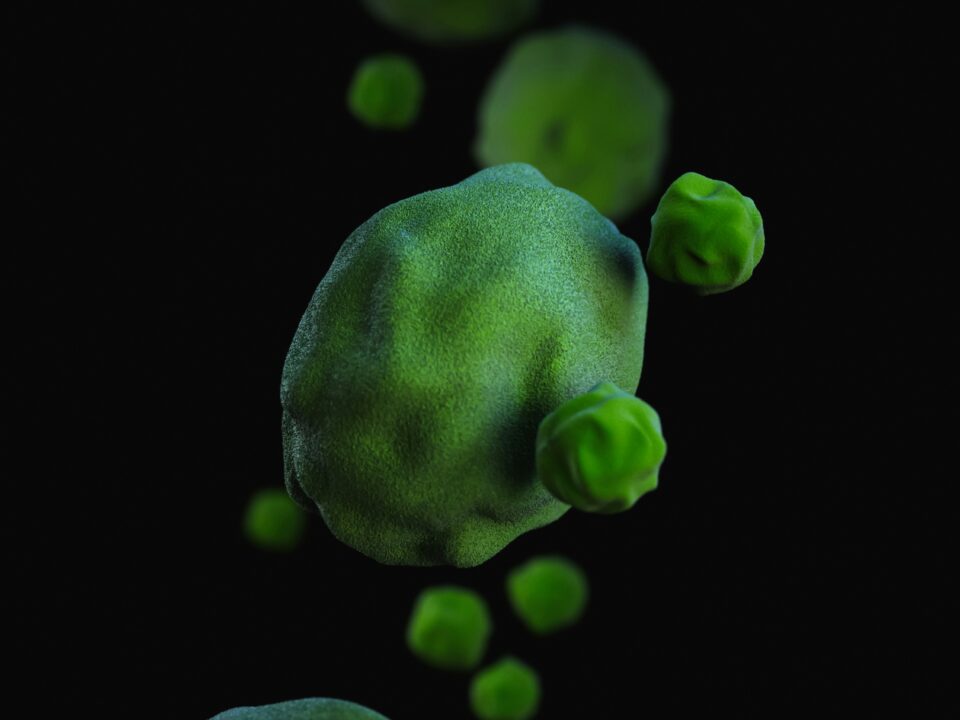The Chemistry Behind Cannabis Aromas: What Makes Weed Smell Skunky?

Cannabis and Creativity: How It Affects Artistic Expression
07/10/2024
ICBC Slovenia September 13th 2024
07/17/2024The Chemistry Behind Cannabis Aromas: What Makes Weed Smell Skunky?

Ever walked into a room and instantly recognized that unmistakable, pungent smell of cannabis? That skunky aroma is one of the most distinctive and intriguing aspects of weed. But have you ever wondered what makes cannabis smell the way it does? Let’s break down the chemistry behind those strong, skunky scents.
Terpenes: The Aromatic Powerhouses
At the heart of cannabis’s unique smell are compounds called terpenes. Terpenes are aromatic molecules found in many plants, not just cannabis. They’re responsible for the diverse range of scents we encounter in nature, from the refreshing smell of pine forests to the tangy zest of citrus fruits.
Cannabis plants produce a variety of terpenes, and each strain has its own unique terpene profile. This is why different strains of weed can have vastly different smells, from sweet and fruity to earthy and, of course, skunky.
The Skunky Culprit: Myrcene
So, what specifically gives cannabis that skunky smell? One of the main terpenes responsible is myrcene. Myrcene is found in many plants, including hops, lemongrass, and thyme, but it’s especially prevalent in cannabis.
Myrcene has a musky, earthy aroma that can sometimes come across as skunky. The higher the myrcene content in a cannabis strain, the more likely it is to have that characteristic skunky scent. This terpene not only affects the smell but can also influence the effects of the cannabis, often contributing to a more sedative and relaxing high.
Other Terpenes Adding to the Mix
While myrcene plays a big role, it’s not the only terpene contributing to cannabis’s skunky aroma. Terpenes like caryophyllene, which has a spicy, peppery smell, and humulene, with its earthy, woody scent, also add to the overall aroma profile.
These terpenes interact with each other in what’s known as the “entourage effect.” This means that the combined effect of all the terpenes and cannabinoids in a strain is greater than the sum of their individual effects. So, while myrcene might be the main player, the presence of other terpenes helps create the complex and unique smells of different cannabis strains.
The Role of Genetics and Environment
The specific terpene profile of a cannabis plant is largely determined by its genetics. Different strains are bred to produce varying amounts of certain terpenes, which is why some strains smell fruity while others smell skunky.
However, environmental factors also play a significant role. The way a plant is grown—its soil, nutrients, and even the weather—can influence its terpene production. This is why the same strain can sometimes smell slightly different when grown in different conditions.
A Skunky Signature
It’s fascinating to consider how a single plant can produce such a complex array of aromas. The skunky smell of cannabis might not be everyone’s favorite, but it’s a signature trait that’s hard to miss. The next time you catch a whiff of that distinctive scent, you’ll know that it’s the terpenes, especially myrcene, working their aromatic magic.
Understanding the chemistry behind cannabis aromas not only adds to your appreciation of the plant but also helps you choose strains that match your scent preferences and desired effects. So, whether you’re a fan of the skunky smell or prefer something a bit sweeter, there’s a whole world of terpenes out there waiting to be explored.



